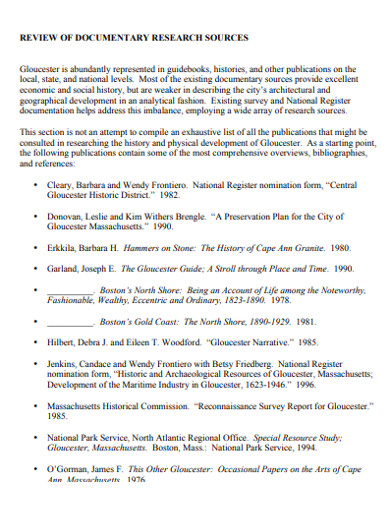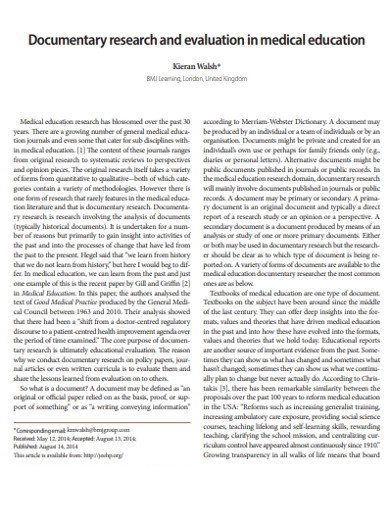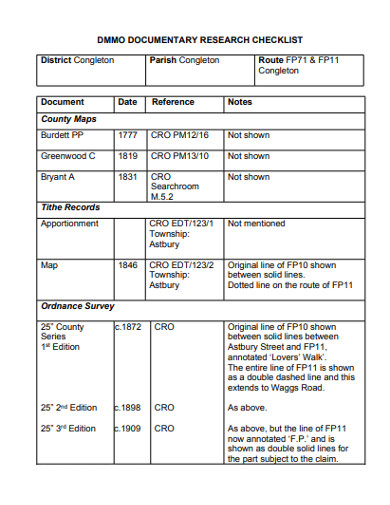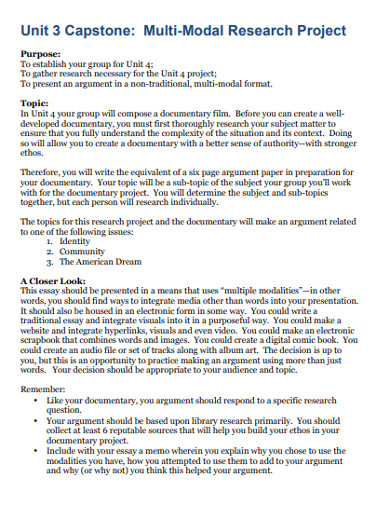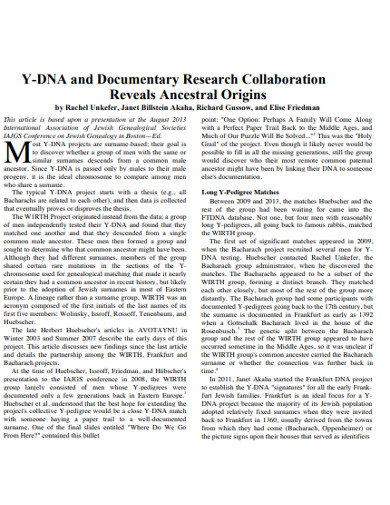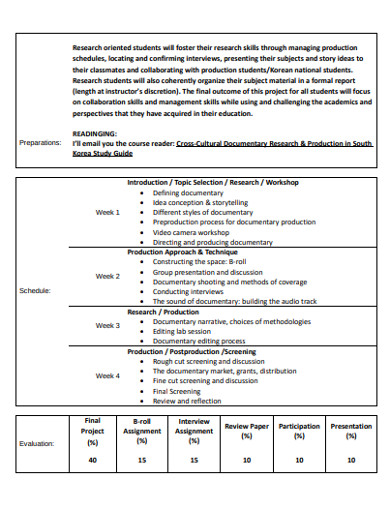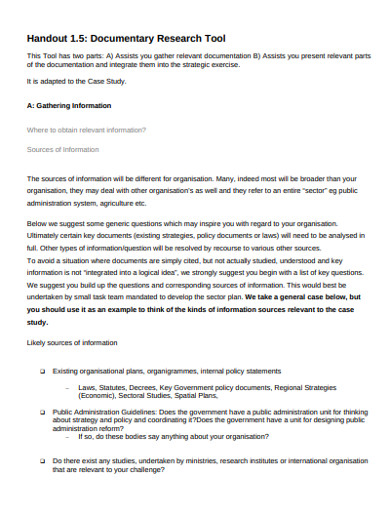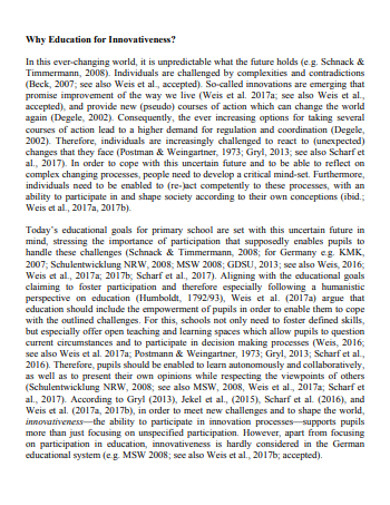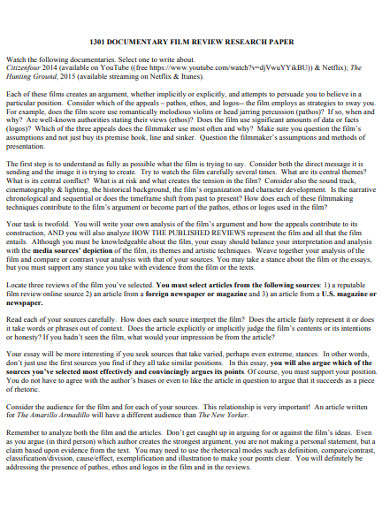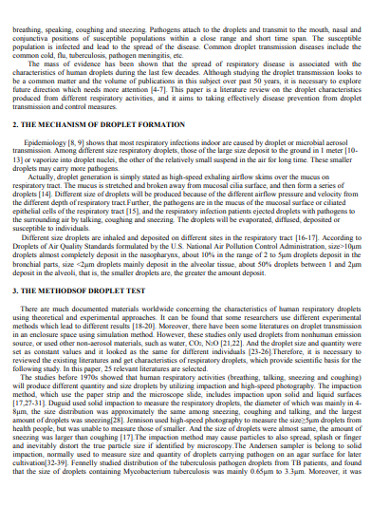10+ Documentary Research Examples to Download
Have you heard of the event October Revolution? Also referred to as the Bolshevic revolution, Bolshevik Party leader Vladimir Lenin led a bloodless coup to overthrow Duma’s provisional government on November 6-7, 1917, which is equivalent to October 24-25 in the Julian calendar. As a result, this Russian revolution earned the term October Revolution. However, did you also know that this event was filmed and used as propaganda? This event is just one of the numerous historical documentary films that journalists shot. As one of the essential parts of producing a documentary film, documentary film research must take place. Through the documentary analysis, you can gather the necessary setting, visuals such as footage, narrations, and interviews which you will include in the film. Other types of research that you can carry out to produce an educational and entertaining film are archival research and academic research. You can also include in-person interviews to make your project more factual.
What is Documentary Research?
Aside from ethnographic research and surveys, documentary research is one of the major types of research that researchers use in social sciences. Documentary research is a type of study that uses personal and official documents as a source of information or evidence. These documents may include government publications, photographs, newspapers, diaries, stamps, directories, handbills, maps, paintings, recordings, tapes, and computer files, etc. The purpose of this analysis is to create a larger story or report which you can obtain through an evaluation of a set of documents concerning your topic. This research uses qualitative and quantitative research as its research methodology.
Classifying the Documents for the Analysis
There are three ways to organize the documents that you can use for your documentary research.
Primary, Secondary, and Tertiary Documents
You can classify the documents you hold to support your work according to the three-sector structure. The information that you can obtain from the individuals or organizations who witnessed an event are the primary resources. On the other hand, the pieces of information that you can collect from books and other mediums that the authors didn’t personally witness are secondary sources. To complete your research paper, you need to include the indexes, abstracts, and bibliographies for reference. We call this information as tertiary sources.
Public and Private Documents
Grouping the data according to accessibility level is also one way to classify the research documents. Through this classification method, you can categorize your data into four categories. You can tag confidential police records as closed documents. You can also classify a file like a medical record as restricted, open-archival, such as census reports, and open-published, such as government published statistics.
Solicited and Unsolicited Documents
When you say solicited documents, these are the documents such as government surveys and research projects that the authorities conducted as a request of an organization or individual. In contrast, individuals can create unsolicited materials for personal use, such as diaries.
10+ Documentary Research Examples
Now that you know what documentary research is, take a look at how it should look like by going over the following documentary research samples.
1. Sample Documetary Research Example
2. Documentary Medical Education Research Example
3. Documentary Reserarch in Checklist Example
4. Documentary Research Project Example
5. Documentary Film library Research Example
6. Standardd Documentary Research Example
7. Printable Documentary Research Example
8. Documentary Research Tool Example
9. Documentary Research Template
10. Documentary Film Research Paper Example
How to Conduct a Documentary Research?
Conducting documentary research can be tough. However, you don’t have to worry because we have included instructions below on creating this type of research. Read through the following guidelines so that you can write a more structured research paper.
1. Gather the Necessary Information
Determine the topic that you wish to analyze. If you don’t have one, you can watch any documentary film or read documentary content that interests you. This step can help you come up with the topic that you want to dig deeper. While reading, determine if the author of the content picked a side to argue. Then, list the arguments that it discussed. Also, think of possible thesis statements that you can use as the main idea, and don’t forget to take note of the necessary information that will support your assertions. As part of gathering the required information, you need to choose at least three other resources that you can use to study your topic. We recommend looking for at least two relevant websites and a printed document such as magazines and books. You don’t need to read the printed text. Instead, you can just read the parts that are relevant to your study.
2. Prepare to Write
Before you start writing, it is essential to create a strategy in putting your research on the paper. We recommend you to organize the facts that you have gathered during your investigation. Create an outline that will shape your research paper.
3. Start Writing
You can start by writing your main ideas and jotting down the facts that will support the idea. You can also include a sub-idea and other additional information that you can incorporate into the central concept of your research. Typically, in writing documentary research, you only need to include five paragraphs, but it can vary to the requirements that your professor may provide. Nevertheless, you need to ensure that your research paper has detailed information and contains evidence.
4. Proof-read
To ensure the credibility of your research, we recommend you let at least two editors check and criticize your work. You can exchange papers with your classmates and agree to make constructive criticism with your output. Your editor should put marks all over your work as evidence that he or she checked it. You should also observe proper quotation usage and ensure that your work is grammar and punctuation error-free. For your convenience, you can browse for editor or grammar checker application online.
Documentary research plays a significant role in many sectors, such as social sciences and medical science. This analysis allows us to learn from past events and come up with a better approach to the events that we are going to face. Now that you have enough knowledge about documentary research start conducting this research with your team!



